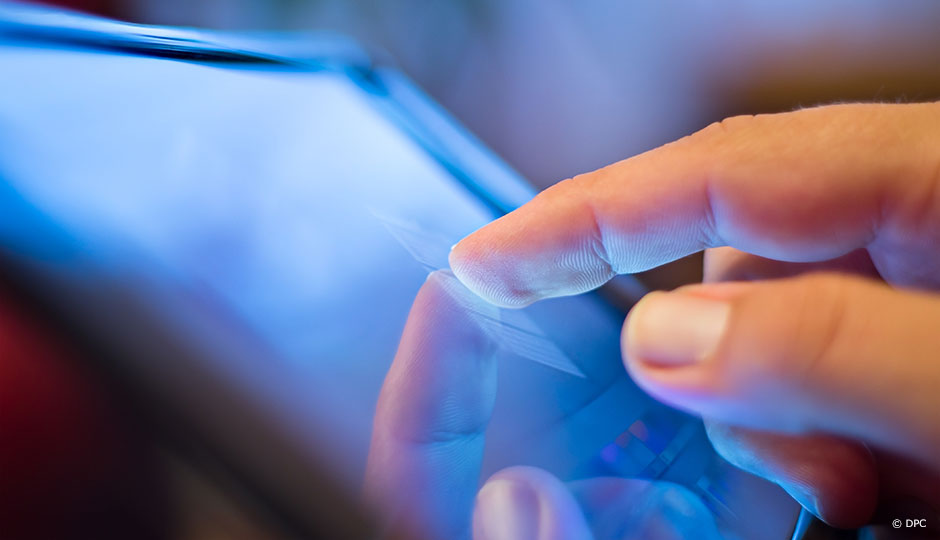The sense of touch, an important component of human communication, is entering the world of virtual reality. Human-computer interaction is becoming increasingly complex: no longer confined to the purely visual, users can now experience a physical touch sensation when manipulating objects in a virtual environment, through the use of haptic devices.
This haptic feedback, which generally takes the form of sound or vibration, is already found in interactive flight simulators and virtual surgery simulators, video games, tablets and smartphones.
To achieve the greater degree of realism sought by technology developers, haptic sensors need to reach much higher calculation speeds.
To achieve the greater degree of realism sought by technology developers, haptic sensors need to reach much higher calculation speeds in order to avoid data transmission delays between digital and real touch sensations. Jozsef Kövecses, an associate professor in McGill University's Department of Mechanical Engineering, is working to overcome this technical challenge.
Kövecses and his team are developing control algorithms and interactive mechanical systems aimed at producing a new generation of better haptic interfaces. They use experimental setups to investigate the relationship between the computer, the environment, robotic components and the human user, thereby improving the haptic experience. Eventually, the mechanical engineer hopes to propose concepts that will make it possible to simulate the material of various virtual objects.
For example, a future generation of tablet could allow users to "feel" the fabric of clothing for sale on the internet. Medical applications include medical simulators that enable physicians in training to feel the texture and resistance of organs or ligaments as they make virtual incisions. The virtual world will be just one small step away from reality!




